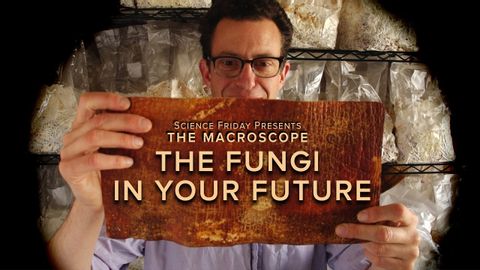あなたの未来にある菌類 (The Fungi in Your Future)
王婧 が 2021 年 01 月 14 日 に投稿  この条件に一致する単語はありません
この条件に一致する単語はありませんUS /dɪˈstrækʃən/
・
UK /dɪˈstrækʃn/
- n. (c./u.)気を散らすもの;気を紛らわすもの;気を紛らす;心の乱れ
US /ˈɑbviəs/
・
UK /ˈɒbviəs/
US /ˈfæsəˌnetɪŋ/
・
UK /ˈfæsɪneɪtɪŋ/
- v.t.魅惑的な;(視線で)捕らえる
- adj.魅惑的な
- n. (u.)魅力
エネルギーを使用
すべての単語を解除
発音・解説・フィルター機能を解除

